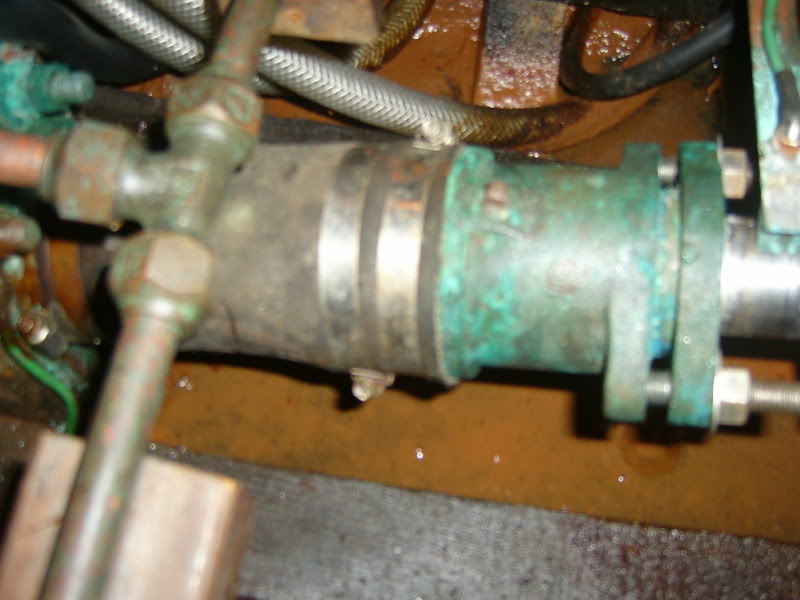captmorgan23
Veteran Member
- Joined
- Sep 29, 2009
- Messages
- 36
I know there are probably extremes on both sides of this, but i respect all opinions as there seems to be an amazing wealth of knowledge here....so here goes.
I have been doing a lot of research ever since my initial post on my older boat. One of the suggestions was to replace the stuffing box with a *more modern dripless unit. I am now confused as it seems there are two camps on this, one being the camp that there are failure issues with the old flax way, but it also seems there are worse failure issues with the 'maintenance free' units....to quote "catastrophic failure", whereas the old school flax stuffing boxes seems to give you a margin of error before a gusher in the boat.
Opinions please.
TY
MP
I have been doing a lot of research ever since my initial post on my older boat. One of the suggestions was to replace the stuffing box with a *more modern dripless unit. I am now confused as it seems there are two camps on this, one being the camp that there are failure issues with the old flax way, but it also seems there are worse failure issues with the 'maintenance free' units....to quote "catastrophic failure", whereas the old school flax stuffing boxes seems to give you a margin of error before a gusher in the boat.
Opinions please.
TY
MP




